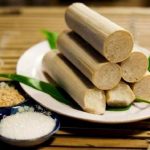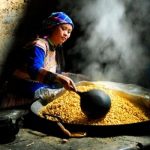Sapa Trekking vs Ha Giang Loop: Which Northern Vietnam Adventure Should You Choose?
By Thuy Linh
Post Views: 31
Northern Vietnam is a traveler’s paradise. With its dramatic mountains, rolling rice terraces, winding motorbike routes, and rich cultural traditions, this part of the country offers a very different experience compared to the bustling cities of the South or the historic towns of Central Vietnam. Two destinations in particular often make it onto every adventurer’s list: Sapa and the Ha Giang Loop.
But which one should you choose for your next trip? Should you trek the iconic rice terraces of Sapa, or ride and hike your way through the rugged limestone peaks of Ha Giang? In this guide, we’ll dive deep into both destinations, exploring their highlights, cultural experiences, landscapes, homestays, and practical travel tips so you can make the right choice—or even better, experience both.
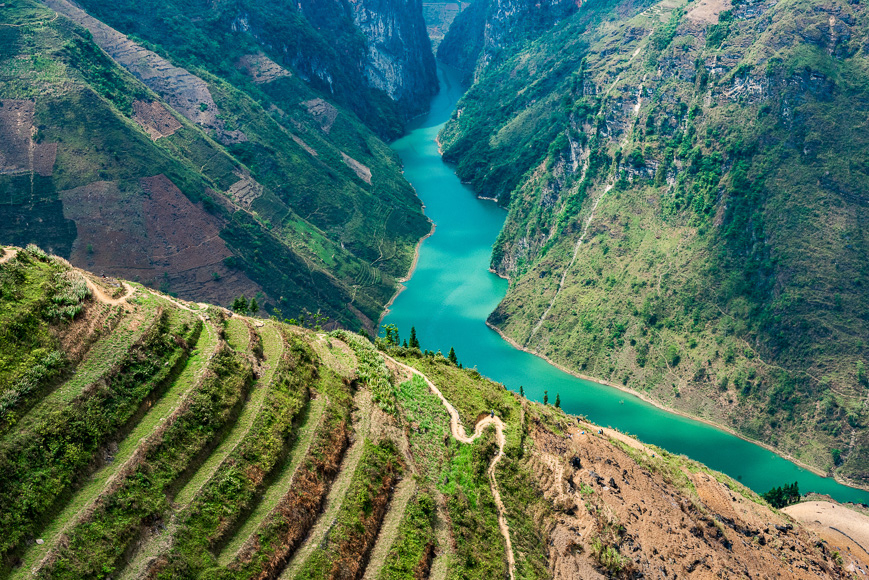
Trekking in Sapa: A Journey Through the Rice Terraces
Sapa is famous for its breathtaking rice terraces, carved meticulously into the mountain slopes over generations. Trekking here feels like walking through a giant, living artwork. The terraces change color with the seasons: deep green in the summer, golden yellow during harvest time, and sometimes misty silver in winter.
What makes trekking in Sapa special?
- Stunning Landscapes: Every path offers a postcard-perfect view—terraced hillsides, rolling valleys, and distant mountain peaks. Morning mist often hugs the mountains, creating a magical, dreamlike atmosphere.
- Cultural Encounters: Sapa is home to diverse ethnic minority groups such as the H’mong, Dao, and Day. Trekking here means you’ll pass through their villages, witness their traditional lifestyles, and perhaps even share a cup of tea or a meal with them.
- Flexible Routes: Whether you’re a casual walker or an experienced trekker, Sapa offers trails for every level. Short treks can last just a few hours, while multi-day adventures take you deep into the hills.
A typical day of trekking in Sapa might start with a hearty breakfast, followed by a hike through valleys lined with rice paddies, crossing bamboo bridges, and meeting local farmers. After a few hours on the trail, you might stop for lunch in a local home before continuing on to your homestay for the night.

The Ha Giang Loop: The Ultimate Mountain Adventure
While Sapa is known for its terraces and structured beauty, the Ha Giang Loop is all about rugged wilderness and thrilling roads. Located further north, Ha Giang is less developed for tourism, making it feel more remote and untouched.
Travelers often explore the Ha Giang Loop by motorbike, winding their way through dramatic limestone peaks, deep valleys, and winding passes. But trekking also plays a role here—many tours include short hikes to viewpoints, caves, or hidden waterfalls.
Why do travelers love the Ha Giang Loop?
- Dramatic Scenery: Expect towering limestone karsts, the turquoise Nho Que River snaking through deep gorges, and valleys that stretch endlessly toward the horizon.
- Adrenaline-Filled Routes: Whether riding or hiking, the Loop offers plenty of adventure. The Ma Pi Leng Pass, in particular, is considered one of the most beautiful mountain roads in the world.
- Cultural Encounters: Like Sapa, Ha Giang is home to many ethnic groups, including the H’mong, Tay, and Lo Lo people. However, the cultural experience here often feels more raw and traditional due to its remoteness.
A journey along the Ha Giang Loop is as much about the road as the destination. Expect evenings in small villages, traditional meals, and perhaps even a bit of local “Happy Water” (a type of corn wine) shared with your hosts.

Sapa vs. Ha Giang: Trekking and Adventure Comparison
If your heart is set on trekking alone, Sapa offers more established routes and well-marked trails. It’s easier to plan multi-day hikes here, and the terrain is generally more forgiving.
Ha Giang, on the other hand, is better suited to travelers who want a mix of riding, trekking, and exploration. The hikes here are usually shorter but often lead to spectacular viewpoints or remote villages.
Who wins? It depends on your style:
- If you love gentle treks through cultural landscapes, choose Sapa.
- If you crave thrilling mountain passes and off-the-beaten-path exploration, choose Ha Giang.
Or, if time allows, do both!
Homestays: Sapa’s Cozy Villages vs. Ha Giang’s Remote Retreats
Staying in a homestay is one of the most memorable experiences you can have in Northern Vietnam. It’s a chance to step into the daily life of local families, share meals, and see the world from their perspective.
Homestays in Sapa:
- Often located in well-developed trekking villages.
- Comfortable, with basic but cozy amenities.
- Hosts are used to travelers and may speak some English.
- Meals often include local specialties like smoked buffalo or bamboo-cooked rice.

Homestays in Ha Giang:
- Usually more remote and traditional.
- Less polished, but deeply authentic.
- Evening gatherings often involve music, communal dinners, and stories around the fire.
- A true escape from modern life.
Both options are rewarding, but if you want more comfort and accessibility, go for Sapa. If you want raw authenticity, Ha Giang wins.
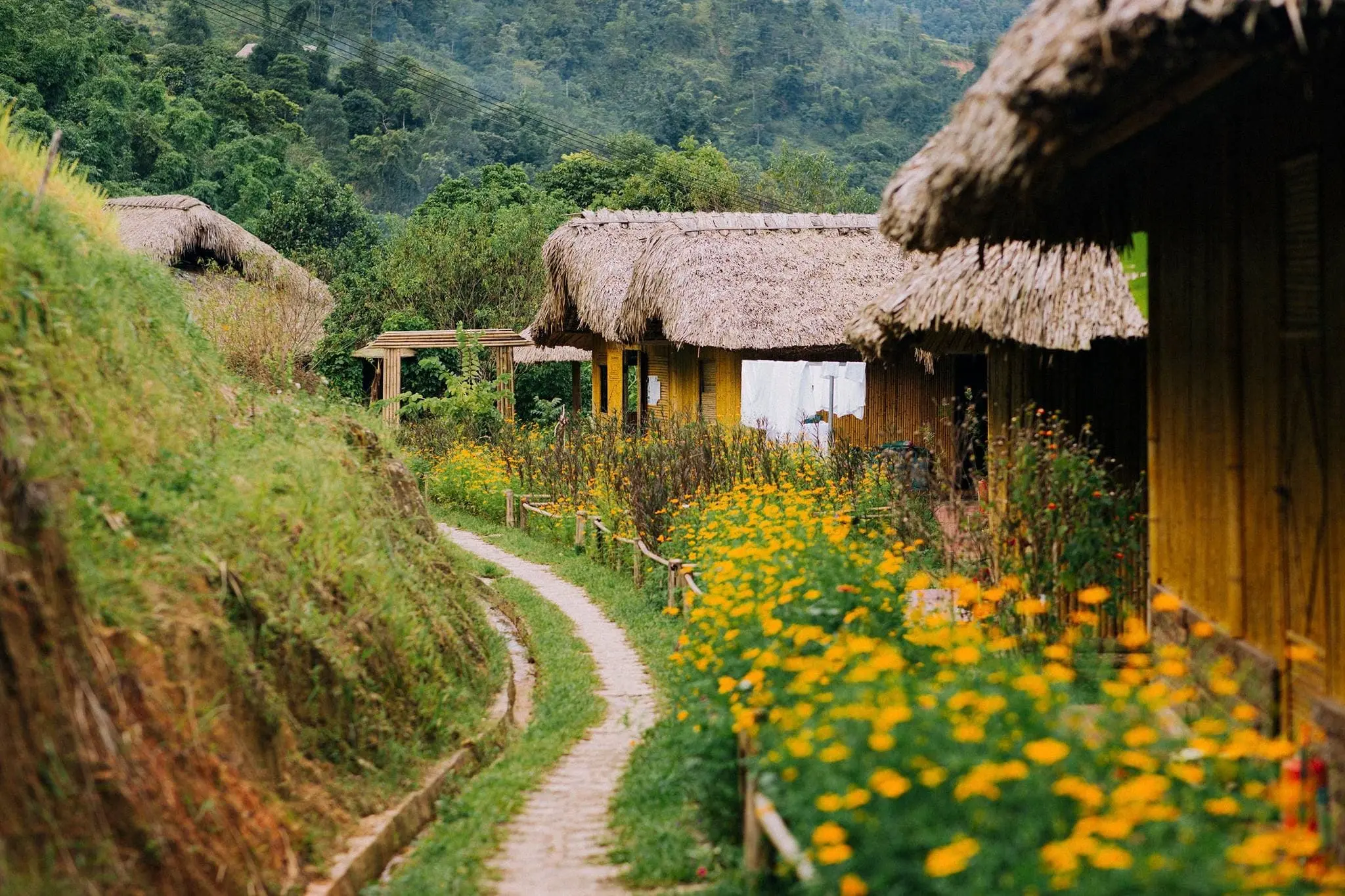
Culture: Vibrancy vs. Tradition
Sapa has become more touristic over the years, but it still offers rich cultural interactions. Its markets are lively with women in colorful embroidered clothes selling their handmade crafts. Festivals here often blend ancient customs with modern tourism.
Ha Giang’s culture, meanwhile, feels more preserved. Traditions remain strong, from weekly markets where entire villages gather to barter, to age-old agricultural practices that shape daily life. Here, you’ll feel less like a tourist and more like a guest in someone’s home.

Landscapes: Terraces or Karsts?
If you dream of endless green terraces, Sapa is the place. The view of sun rising over a sea of rice paddies is one of Vietnam’s most iconic images.
If you’re drawn to jagged peaks, dramatic cliffs, and winding passes, Ha Giang offers a more rugged, adventurous beauty. The Ma Pi Leng Pass, Dong Van Plateau, and Quan Ba Twin Mountains are among the region’s highlights.
When to Visit?
- Sapa: Best in March–May and September–November. These months offer pleasant weather, either lush green fields or golden harvest landscapes.
- Ha Giang: October–November is ideal for crisp air and colorful buckwheat flowers. Spring also offers vibrant blooms and clear skies.
Packing Essentials for Both Destinations
- Good trekking shoes or boots with grip.
- Layered clothing for cool mornings and evenings.
- Rain jacket or poncho (weather can be unpredictable).
- Camera and journal to capture memories.
- Reusable water bottle and light snacks for the road.
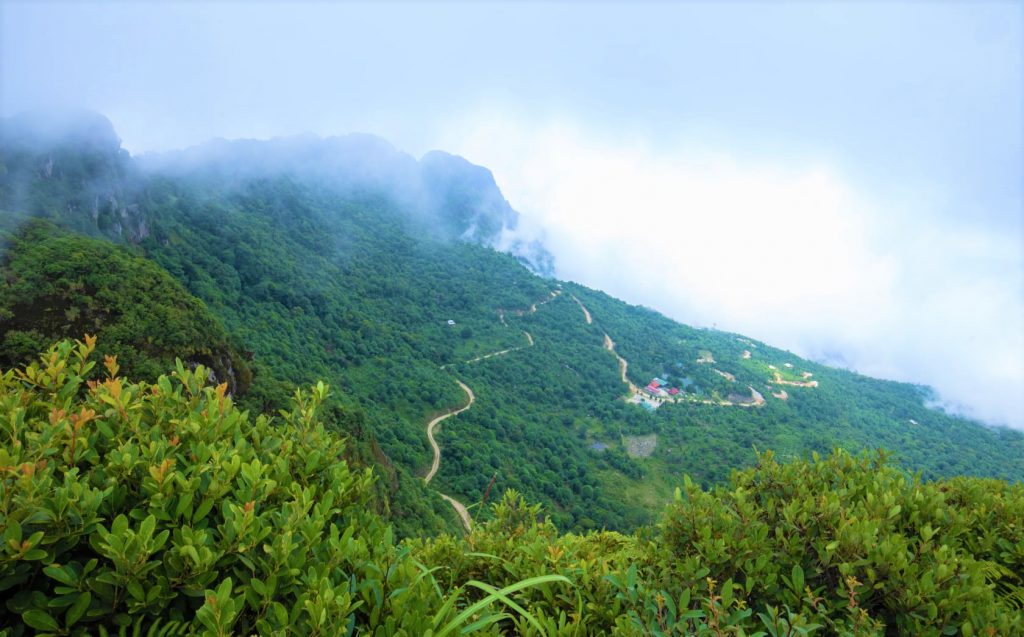
Final Thoughts: Why Not Both?
Choosing between Sapa and Ha Giang is like choosing between two different but equally incredible sides of Northern Vietnam.
- Sapa offers accessible trekking, terraced fields, and a slightly more comfortable cultural experience.
- Ha Giang offers rugged beauty, thrilling roads, and a deeper sense of discovery.
If you have time, the ultimate adventure is to combine both: start your journey on the Ha Giang Loop, then wind down in the peaceful terraces of Sapa, or vice versa. This way, you experience both the raw thrill of the mountains and the serene charm of the valleys.
No matter which you choose, one thing is certain: Northern Vietnam will leave you with memories as vivid as its landscapes.
